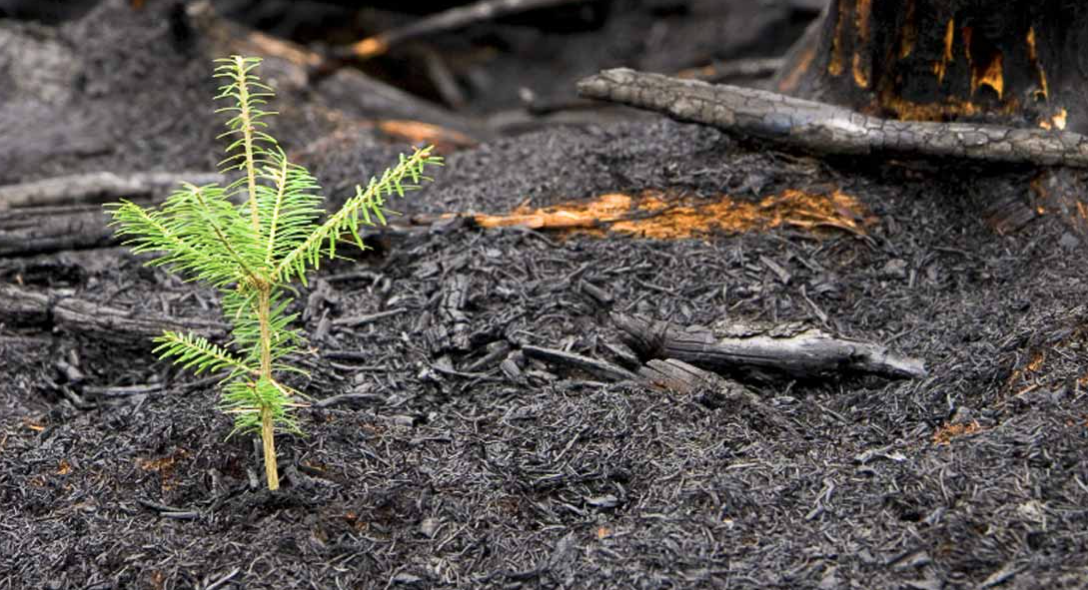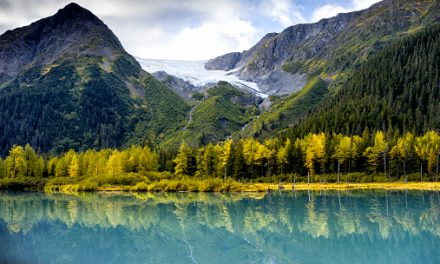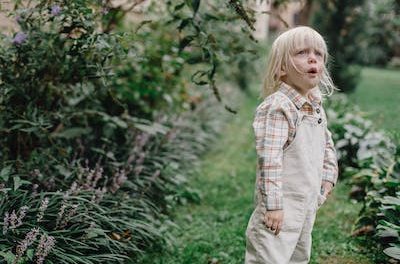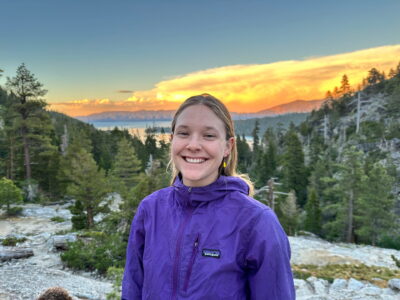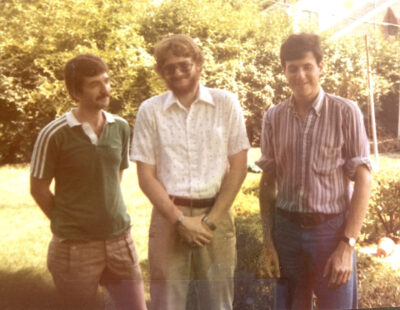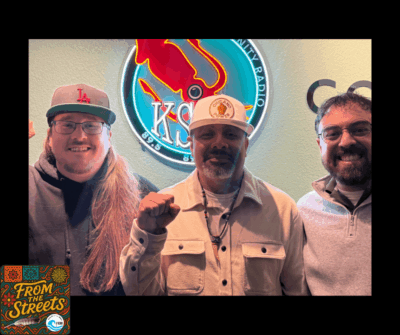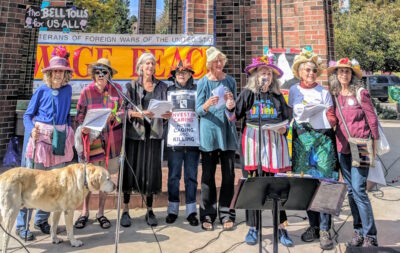November 10 is the official start of rainy season in Northern California, and on Talk of the Bay, Tuesday, November 10, 2020 Christine Barrington interviews Rich Casale about soil restoration efforts in the wake of the CZU complex fire, as well as how to prepare to protect damaged soil areas before the rains come.
Richard is a retired USDA Natural Resources Conservation Service (NRCS) employee (2017) who served as a NRCS Natural Resource/District Conservationist for nearly 45 years in the Monterey Bay area of California. Since his retirement NRCS hired Rich back as a post fire restoration specialist in a contractor role to assist local communities. Rich is a Natural Resource Management Specialist and a Certified Professional in Erosion and Sediment Control (CPESC), a certification he has held for nearly 40 years. In fact, Rich co-founded this international Erosion and Sediment Control Certification program back in 1982. There are now over 20,000 certified professionals in more than 20 different countries around the globe.

Follow these links for terrific training videos from the Santa Cruz County Resource Conservation District: Santa Cruz Resource Conservation District: Post Fire Recovery Instructional Videos
Rich Casale’s TOP TEN LIST: What Property Owners Should Consider
if Wildfire has Caused Damage to their Property
#10 Get help from NRCS or other professionals that are certified, registered and/or licensed
before selecting and installing treatment measures.
#9 Respect the laws of nature. Natural recovery can be quicker with longer term benefits
when you design with nature. Remember, when you control water (runoff) you control
nature which can have disastrous consequences.
#8 One size does not fit all. Every property has unique features and circumstances requiring
a site specific evaluation and corresponding treatment. One more reason not to do what
your neighbor is doing, besides they might not know what they are doing.
#7 Minimize soil/slope disturbances. Ash, leaf drop, down trees and remnant burned
vegetation all play a role in protecting the soil and slopes following wildfire.
#6 Look beyond your property lines and work with thy neighbor. Runoff, erosion & debris
flows have no respect for property boundaries.
#5 Prevent access roads from going to ruin. Roads will require more maintenance in the
first few winters following wildfire. Many road drainage facilities may need to be
replaced, re-located, and/or re-sized depending on the nature of fire damage to the
surrounding landscape and watershed. Culvert inlet and outlet controls will be critical.
#4 Emergency/temporary measures typically have a high risk of failure. They can cause
more serious problems if and when they fail and often provide a false sense of security.
#3 Remember the M&Ms: All existing and any planned treatment measures require regular and perhaps constant monitoring and maintenance especially throughout the first two
winters following wildfire.
#2 Say “No” to Yes. Sometimes doing nothing or doing less is best. Give nature a chance
to do her job.
#1 There is NO silver bullet. When it’s not safe, it’s not safe. Have an emergency plan and
get out of your home and leave your property when it’s not safe.
The 6 Most Mis-Used Practices on the landscape following wildfire: (That are, in many circumstances, incorrectly installed or not needed at all)
- Straw wattles
- Jute netting (especially without underlying mulch or seed)
- Removal of burn/damaged trees and/or other vegetation
- Water bars (especially on fire breaks and trails) and other forms of diversion ditches, including diversions made with sand bags.
- Seeding with non-native erosion control grass mixes
- Plastic sheeting
The 6 Best Practices to perform on the landscape following wildfire: (Note: #2-6 if applicable)
- Work with Nature especially in wildlands. In other words, let nature be a Best Management Practice. Only cut down/prune back fire damaged trees if they present a hazard to life or high value property improvements such as homes, utilities and access routes. Limit disturbance to soil, slopes, trees, plant root systems, seed bank, riparian areas, streams, etc.
- Apply loose straw mulch (preferably rice or weed-free straw) 1-2” thick with minimum disturbance to soil. “Punch in” (with shovel) on steeper slopes. No need to spread straw under trees especially those that did not burn or only received heat/smoke damage because of heavy leaf drop.
- Repair, eliminate existing drainage systems and/or install new systems, as needed, then monitor and maintain, including roadside ditches, throughout future winters. Provide inlet and outlet protection on road culverts and other existing drain outlets. Inspect and replace road culverts that have been compromised or burned through. Remember, “All drainage systems are undersized after wildfire”.
- Limit seeding to native species or fast growing non-native sterile cereal grain to only disturbed soil/slopes around home sites, along driveways and access roads, areas damaged by the fire-fighting effort, & upslope of waterways to provide soil protection, filter runoff and protect water quality. Protect seedbed with 1-2” of weed free straw mulch. Note: Some seedbed preparation/hand raking may be necessary especially if there is an ash layer. No widespread seeding on open landscape and wildland slopes is advised.
- Properly place and install straw wattles, using the right type for the right purpose. Straw wattles for runoff and sediment. Stormwater filter socks to trap chemicals, oils, hydrocarbons, heavy metals, sediment/ash and other toxic substances in runoff from burned house sites and other structures containing or made from hazardous materials.
- Lop & Scatter fire damaged tree & brush branches can be used on loose & bare soil areas disturbed by the fire-fighting effort, such as dozer & hand cut trails, firebreaks, access routes, etc. This practice will provide soil cover, slow runoff and reduce erosion & sediment. Scatter should be laid in a crisscross blanket format no 12-16” in depth allowing for natural regeneration and regermination to occur.

